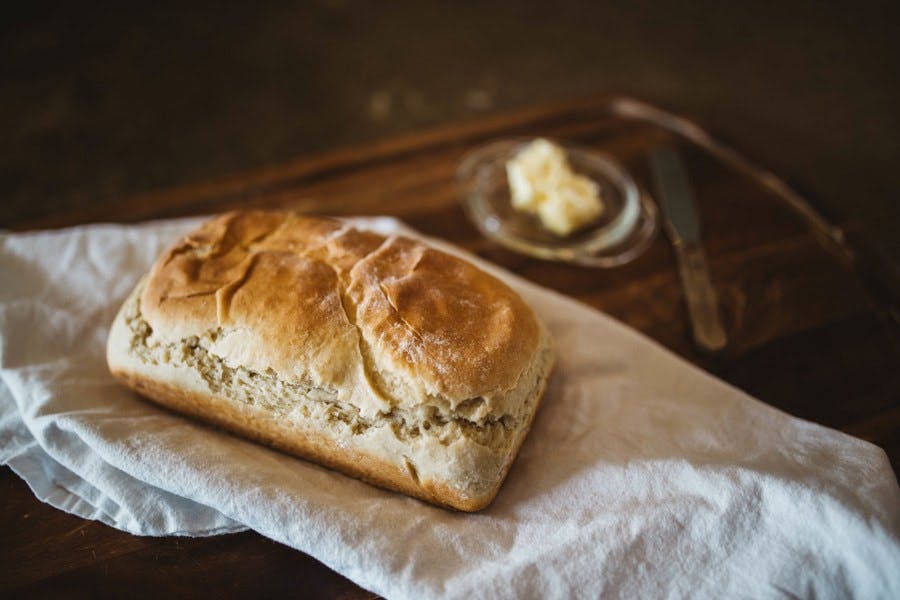A Guide for Eating Carbohydrates
Carbohydrate intake is a popular topic these days. Some say they should be avoided at all costs, whilst others say they should make up the bulk of your calories.

Drew Harrisberg
2017-01-04


Carbohydrate intake is a popular topic these days. Some say they should be avoided at all costs, whilst others say they should make up the bulk of your calories.
In this article, I’m going to clear things up for you by using a simple analogy to explain how to eat carbohydrates. When it comes to carbohydrate intake, my philosophy is simple:
“Earn it or Burn it”
In other words, if you want to eat carbs but you also care about minimising your insulin spike, stabilising your blood glucose levels and optimising nutrient partitioning (i.e storing carbs as glycogen in the muscle rather than fat), then the timing in which you eat them is crucial.
Humans are Fat-Burners by Design
Before I get started on the carbohydrate analogy, it’s important that you understand how mother nature created us. Physiologically speaking, the human body is designed to be a fat-burning machine. We have an (almost) unlimited ability to store fat within our body. We can literally store hundreds of kilograms of fat. This is a clear indication the fat is the human body’s preferred fuel source.
On the other hand, we have a very limited capacity to store carbohydrates within the body. We can only store about 400-500 grams of carbs as glycogen (approx 100g in the liver and 400g in muscle tissue). Once your glycogen stores are full, any excess carbs that you eat take on an entirely different fate - body fat!
Now that we’ve established that the human body’s carbohydrate storing system has a fixed capacity, it’s time to apply it to an analogy.
The CAR-bohydrate Analogy
Like the human body’s carbohydrate storing system, the fuel tank of a car also has a fixed capacity. Think about it this way, you wouldn’t fill up your car with petrol if the fuel tank is already full, would you? The excess fuel would just spill over and cause danger. You’d either fill up an empty tank before a long drive or you’d top it up after a long drive.
The same applies to dietary carbohydrate intake. Fuel up with carbs before a workout when you plan to burn them, or after a workout when you’ve depleted some glycogen. Excess carbs will spill over into the bloodstream and/or get converted to body fat unless you make space for them in the tank.
Exercise is the human body’s way of ‘emptying the tank’. Go for a run, do some bodyweight exercises, lift weights in the gym or play sports. It doest matter how you choose to do it, just burn glycogen to make space for your carbs.
The Takeaway Messages
- If you want to optimize the fate of the carbs you eat then you either have to ‘earn’ them by working out first - or ‘burn’ them by working out after.
- Since making “Earn it or Burn it” the philosophy that I live by, I’ve personally been able to achieve optimal body composition, better glycemic control, and lower overall insulin requirements.
- Consider living by my 'Earn it or Burn it' philosophy. By doing so you can expect to see the same results that I’ve achieved because after-all we both have the same primal physiology.
